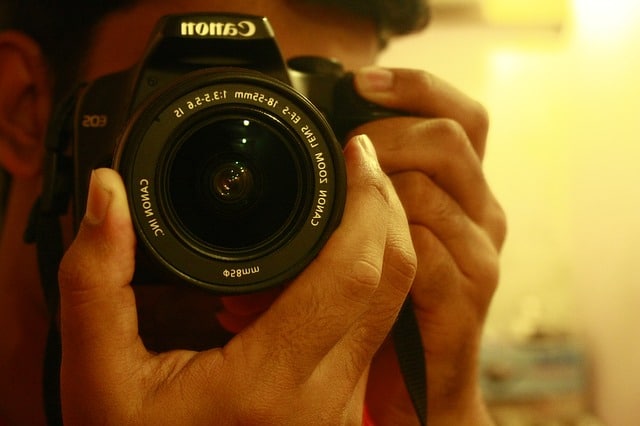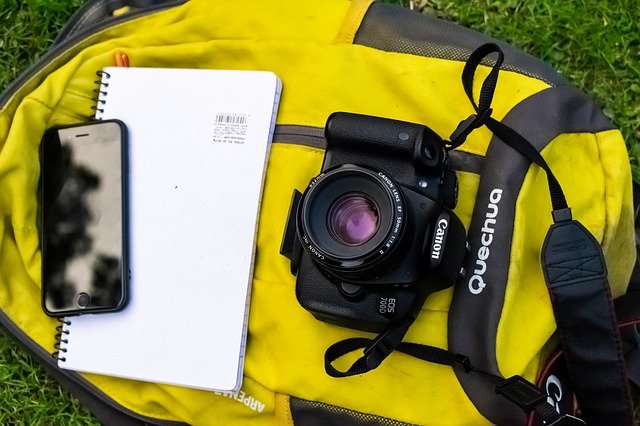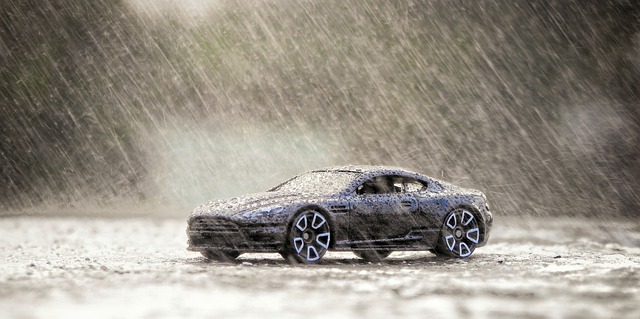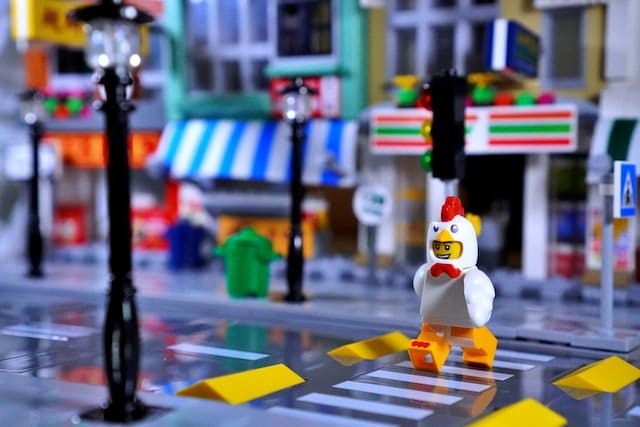Mastering detail in miniature model photography takes skillful use of backgrounds, lighting, and composition. Start by choosing a background that suits your model's theme but doesn't distract. Use natural light for softer looks or adjustable LED lighting for more control. Reflectors can help eliminate unwanted shadows. Play with aperture settings to manage depth of field, showcasing your subject's intricate details. Apply the rule of thirds to frame your shot while experimenting with angles and perspectives. Enhance colors and textures through thoughtful lighting and post-processing. As you refine these techniques, your miniatures will leap vividly into focus. Discover how each step elevates your photography.
Choosing the Right Background
Selecting the right background is essential for bringing your miniature models to life in photographs. It sets the scene and enhances the story your model tells. Start by considering the theme and style of your miniatures. If you're capturing a medieval knight, a rustic, natural background can amplify authenticity. For futuristic models, sleek, metallic backgrounds might work best.
You'll want to avoid overly busy or distracting backgrounds. They can draw attention away from the details of your models. Instead, opt for simple, complementary colors that contrast well with your subject. Textured backgrounds can add depth, but make sure they don't overshadow your model. Experiment with materials like fabric, paper, or even printed images that fit your miniature's scale.
Think about scale and proportion. A background that's too large or small can make your model look out of place. Use props sparingly to maintain focus on the main subject. Always test different setups to see what works best. Remember, the right background doesn't just frame your model; it enhances its narrative and captures the viewer's imagination. With careful selection, your miniature photographs will truly stand out.
Lighting Techniques for Miniatures
Lighting is essential when photographing miniatures, as it dramatically affects the mood and detail of your images. To bring out the best in your tiny models, start with natural light. Position your setup near a window, using sheer curtains to diffuse harsh sunlight, creating soft, even illumination. This setup minimizes shadows and highlights textures, vital for showing off intricate details.
If natural light isn't an option, consider using LED lights. They're energy-efficient and offer adjustable brightness. Use a pair of LED panels positioned at 45-degree angles on either side of your model. This setup guarantees balanced lighting and reduces unwanted shadows. For a more dramatic effect, try a single light source to create contrast and depth, but be cautious of overly dark areas.
Reflectors are your best friends for filling in shadows. A simple piece of white cardboard can bounce light back onto your subject, brightening dim spots. Experiment with different angles to find the right balance. Color temperature matters too; opt for daylight-balanced bulbs (around 5500K) to keep colors true to life. Finally, take test shots and adjust your setup until you achieve the desired look.
Utilizing Depth of Field

Capturing the perfect miniature model photo often hinges on mastering depth of field, a crucial element that controls which parts of your image are in sharp focus. By skillfully managing this, you can draw attention to specific details while softly blurring the background, enhancing the overall impact of your photo. Start by understanding your camera's aperture settings. A wide aperture (low f-stop number) creates a shallow depth of field, ideal for isolating your model from its surroundings. Conversely, a narrow aperture (high f-stop number) increases depth of field, bringing more of the scene into focus.
To effectively use depth of field, consider the scale of your miniature. Small models benefit from a shallow depth of field, which highlights intricate details without overwhelming the viewer. Position your camera close to the model, and experiment with different aperture settings to find the right balance. Remember, your camera's distance from the subject and the lens focal length also influence depth of field. Use a tripod to maintain stability, especially with slower shutter speeds required for narrower apertures. Practice and evaluate your shots, adjusting as needed, to achieve crisp, striking images that showcase your miniature model's finest details.
Framing and Composition Strategies
While depth of field plays a significant role in miniature model photography, framing and composition elevate your images to a new level of artistry. By carefully considering how you frame your shot, you can guide the viewer's eye, create balance, and emphasize key elements in your miniature scene. Start by adopting the rule of thirds: imagine your frame divided into a grid of nine equal parts. Position your main subject along these lines or at their intersections to create a more engaging and dynamic photograph.
Consider your background too. A cluttered or distracting background can detract from the model's details. Simplifying the surrounding elements can help your subject stand out. Try different angles and perspectives to discover what highlights your miniature's best features. Low angles can give your model a sense of grandeur, while overhead shots might offer a thorough view.
Keep an eye on leading lines, natural or created, that draw the viewer into the scene. These lines can be roads, fences, or even shadows. Finally, play with negative space to add drama and focus. By mastering these strategies, you’ll deliver compelling images that captivate and intrigue. In addition to utilizing leading lines and negative space, consider the importance of lighting, as it can dramatically transform your composition. Experimenting with different angles and perspectives can also uncover unique details that may otherwise go unnoticed. Ultimately, mastering figurine photography techniques will enhance your ability to create stunning visual narratives that resonate with viewers and elevate your overall artistry.
Enhancing Textures and Colors

To truly bring your miniature models to life, harnessing the textures and colors is essential. Start by ensuring that your lighting setup highlights these elements. Use soft, diffused lighting to prevent harsh shadows and bring out subtle textures. Natural light or a lightbox can work wonders here. Experiment with different angles to see how light interacts with the surfaces of your model.
Consider using post-processing to enhance textures and colors further. Editing software like Adobe Lightroom allows you to tweak the contrast, saturation, and sharpness, making those tiny details pop. Just be careful not to overdo it; you want to enhance, not overshadow, the natural appearance of your model.
To get the most out of your textures and colors, keep these tips in mind:
- Use a macro lens: This will help you capture minute details that a standard lens might miss, bringing textures to the forefront.
- Select complementary backgrounds: Choose backgrounds that enhance your model's colors without distracting from the subject.
- Play with depth of field: A shallow depth of field can add focus to your model's intricate textures while softly blurring the background.
Creative Angles and Perspectives
Exploring creative angles and perspectives can dramatically transform your miniature model photography. By shifting your viewpoint, you can breathe life into static models, making them appear dynamic and engaging. Start by crouching down to the model's level, mimicking how it might feel from a life-sized perspective. This approach can add realism and depth, drawing viewers into the miniature world you've created.
Experiment with high angles to showcase the layout and composition of your scene. This bird's-eye view can highlight intricate details and provide a sense of scale. Don't hesitate to tilt your camera or shoot from unusual positions like below the model to create dramatic effects and emphasize features that might otherwise go unnoticed.
Lighting plays an essential role when exploring different angles. Adjust your light sources to cast shadows that enhance textures and add contrast, making your models pop. Use natural light for softer shadows or artificial light for more control and precision.
Frequently Asked Questions
How Can I Prevent Dust From Ruining My Miniature Model Shots?
To prevent dust in your shots, regularly clean your models and workspace. Use a microfiber cloth or compressed air before shooting. Store models in dust-free containers and maintain a clean environment for best results.
What Camera Equipment Is Best for Capturing Miniature Details?
Ironically, capturing tiny details with a smartphone isn't ideal. You'll need a DSLR or mirrorless camera with a macro lens to get those sharp close-ups. Don't forget a tripod to keep everything steady and professional-looking.
How Do I Achieve Realistic Reflections in Miniature Photography?
To achieve realistic reflections, position a light source at an angle and use a reflective surface like glossy paper or a small mirror. Experiment with angles and distances until the reflection complements your miniature setup perfectly.
Are There Specific Editing Techniques for Enhancing Miniature Model Photos?
Did you know that 68% of photographers use software like Lightroom? You can enhance your miniature model photos by adjusting contrast, sharpening details, and using selective focus to emphasize key elements. Don't forget to experiment with color grading!
What Are Common Mistakes to Avoid in Miniature Model Photography?
When photographing miniatures, avoid poor lighting, which creates unwanted shadows. Don't ignore depth of field; it's essential for clarity. Avoid cluttered backgrounds, as they distract from the model. Keep your focus sharp; blurry images don't impress.
At a Glance
Mastering miniature model photography is like painting with light and shadows, bringing tiny worlds to life. You've explored how to choose the right background, harness lighting, and use depth of field. You've learned framing tricks and how to enhance textures and colors. Now, let your creativity soar with unique angles and perspectives. With these tools, you can capture the magic in miniatures, making each photograph a window into a meticulous, enchanting universe. Go ahead, create your masterpiece!





